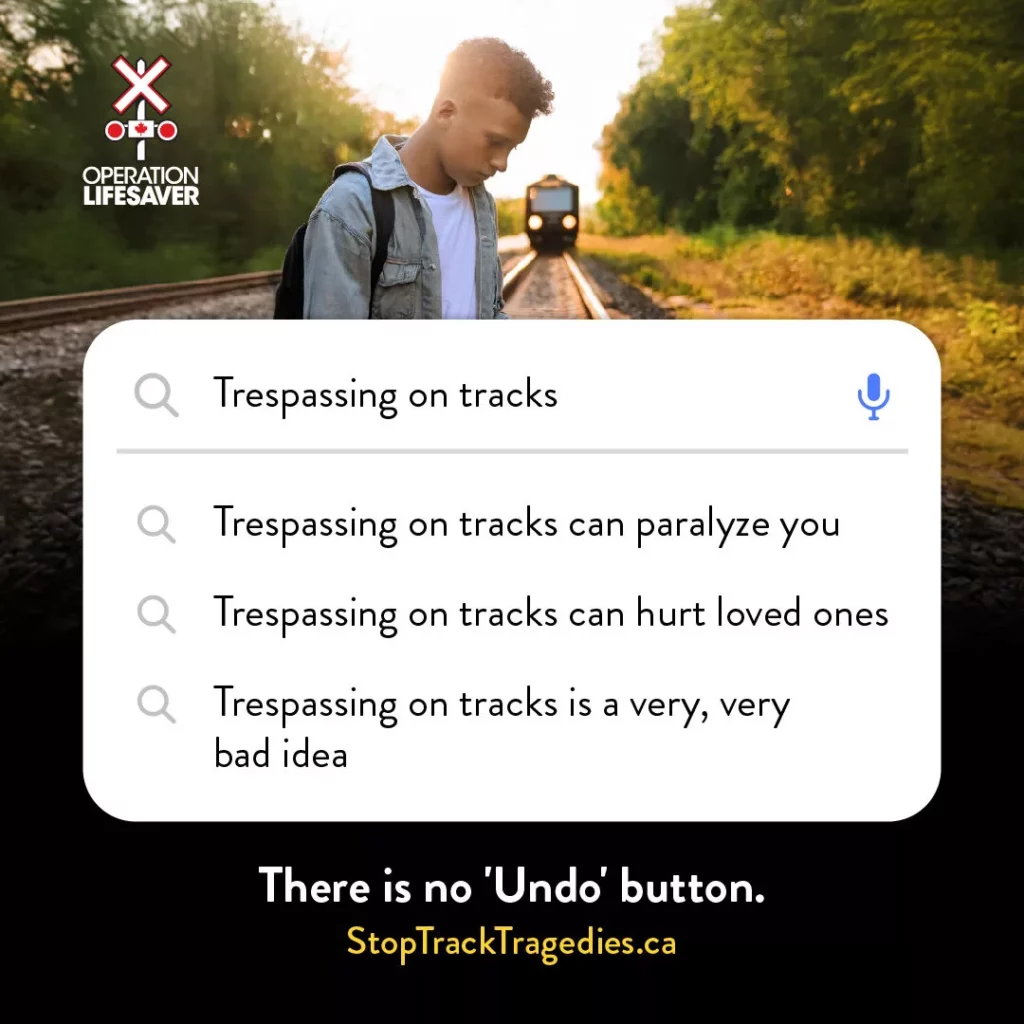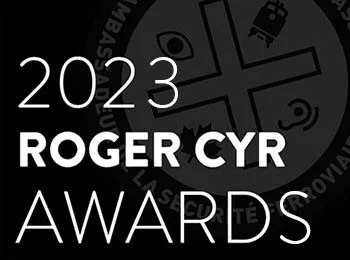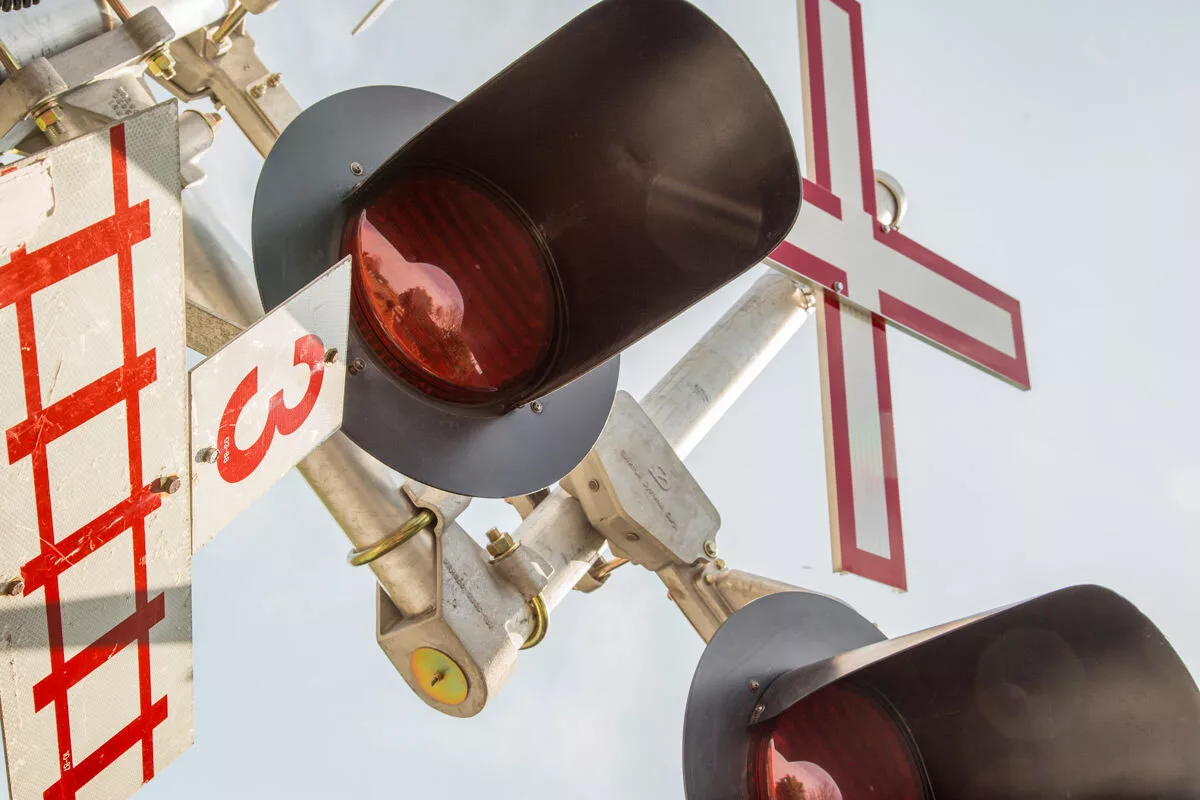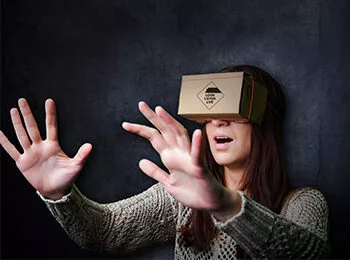Rail Safety Toolkit for Canadian Communities
Rail safety is a shared responsibility, and we need your help to ensure that residents in cities, towns and rural communities stay safe around tracks and trains.

How Can We Help?
Operation Lifesaver is funded by Transport Canada and the Railway Association of Canada, and works with the rail industry, governments, law enforcement, labour groups, the media, and other partners to raise awarenes about rail safety. We’ve put together this Rail Safety Toolkit to make it easy for communities to share rail safety information with their residents.
Why Does it Matter?
4 Ways You Can Help Communities Stay Rail-Safe
Share Information About Rail Safety With Community Members
Share rail-safety graphics and posts on social media, and include rail safety information on your website – we’ve produced videos and written something just for you down below:
Copy for Websites
Every year, more than 2,100 North Americans are killed or seriously injured in railway crossing and trespassing incidents. Almost all of these incidents are preventable – but that starts with knowing how to act safely around tracks and trains. Operation Lifesaver (OL), a national not-for-profit dedicated to rail safety, has developed some easy-to-follow tips that will help protect you and your family and friends. You can find more rail safety tips and resources at operationlifesaver.ca and by following OL on Facebook, Twitter and Instagram.
How to Stay Safe Around Railway Tracks & Trains
Trains are faster than you think. You won’t necessarily hear or feel one coming if you’re walking along the tracks. And by the time you do, it might be too late.
These are put up to help you cross the tracks safely. When you choose to cross somewhere else you’re putting your life on the line.
There are many railway signs and warning devices, such as lights, bells and gates, to tell you when a train is coming or where and when you should cross. Following their directions will keep you safe.
The best way to avoid being hit by a train is to stay out of its path. That means paying attention (put your phone down and if you’re wearing headphones leave #OneEarOut!) when you’re near tracks and trains so that you can hear and see the warnings. At crossings, keep a distance of at least 5m from the tracks so that you’re out of harm’s way when a train passes. At stations, stand well behind the platform’s edge or safety line.
Inform Emergency Responders and Workers About How to Stay Safe
Make sure that workers in your community know how to stay safe by sharing these brochures.
Take Part in Our Look. Listen. Live. Community Safety Partnership Program
This free program reminds pedestrians, cyclists and motorists to stay alert around tracks and trains by installing rail safety decals at key crossings in communities. All you have to do to get started is contact us!
General Contact Form
"*" indicates required fields
Participate in Our Campaigns!
Every year we run nationwide campaigns to raise awareness about rail safety, and we’re always looking for communities to share our message and co-host events. Follow us on social media and contact us if you would like to learn more.
Upcoming Campaigns
- Rail Safety Week
Join us in celebrating our annual Rail Safety Week on September 23-29, 2024.

- STOP TRACK TRAGEDIES
Stop track tragedies, the impact is real. Talk to your loved ones about rail safety.













